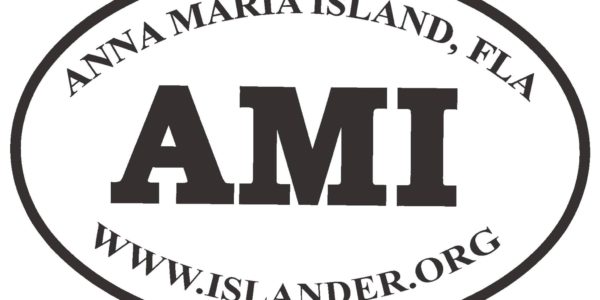The wagons, hitches and 4H volunteers arrive May 19 to the Bradenton Area Convention Center in Palmetto.
No, the rodeo isn’t in town.
Neither is the county fair.
The Manatee Rare Fruit Tree Sale, presented by the Manatee Rare Fruit Council, takes place 10 a.m.-4 p.m. at the center, 1 Haben Blvd.
The first year I attended, I learned to bring cash.
I also learned to clear out my car trunk, prepare to get hands dirty, dress to get soil smeared on my knees and expect to be overwhelmed by an abundance of plants — and an abundance of people seeking to buy them.
One more lesson from that first year at the Manatee Rare Fruit Tree Sale — don’t take “rare” literally. Vendors will be offering more than 5,000 plants, some that could be characterized as rare or unusual but many will be like the citrus trees you’ve coveted in your neighbor’s backyard.
Plants and trees on the market’s list include apple, avocado, banana, blackberry, blueberry, cashew, coconut, fig, grape, jackfruit, lychee, mango, mulberry, papaya, passion fruit, pineapple, plantain, peach, pear, plum, raspberry and star fruit, as well as lemon, lime, key lime, grapefruit and orange.
My first spree at the fruit tree sale, I returned to Anna Maria Island with two knee-high lemon trees for my side yard and a third lemon tree for my neighbor’s yard.
I considered bringing back a citrus tree to donate for the right of way near the southern border to Anna Maria, where a resident had called out the sheriff’s office because two kids took oranges from her yard.
I understand the low-hanging fruit belonged to the homeowner and was not for the kids’ taking, but the complaint got me thinking about public plantings on the island, specifically food-producing trees.
Near my sister’s home in northern Illinois, mulberry, apple, pear and cherry trees line the trail of a county preserve. In the summer, when I visit, we take evening walks and sample whatever’s in season.
In the alley behind my former apartment on Chicago’s North Side, raspberry bushes produce fruit for anyone to pick.
In southeastern Wisconsin, where I reported environmental stories for a decade, public park orchards produce sweet, natural treats.
In Anna Maria, I know beachgoers who munch on a sea grape or two as they follow an access path near Coconut Avenue to the Gulf.
But what if the island featured an oasis of fruit- and nut-bearing trees in its parks or the setbacks along pedestrian paths, avenues and similar locations?
I mentioned the concept to garden enthusiasts on Anna Maria Island, who endorsed the idea but wondered who would care for the public trees. I replied, we the people could care for the trees.
Friends showed interest but worried fruit trees would draw creepy crawly critters. I replied that fruit trees already grow on the island, but they are beyond the public’s reach.
A few fretted over people taking more than they could eat or more than their share. I heard: “People will abuse the system.” “What if people take it and sell it?” “How much fruit per person?” I replied that they can take until they have their fill, of course.
But the concept has yet to take root.
So May 19, I’ll look for an olive tree for my patio and maybe a star fruit for a neighbor.
This column was published in The Islander newspaper.
Archives for The Islander are online here.
